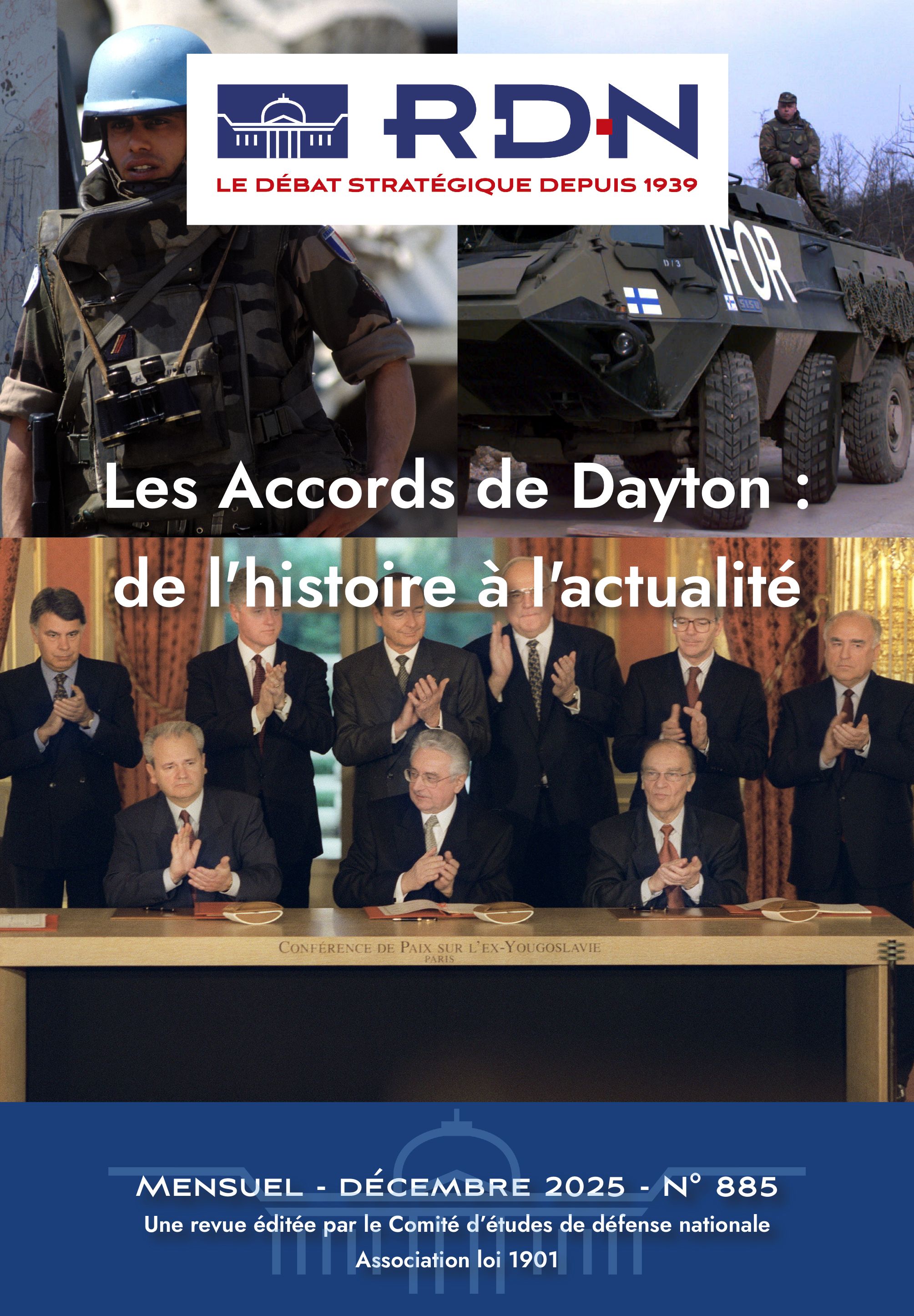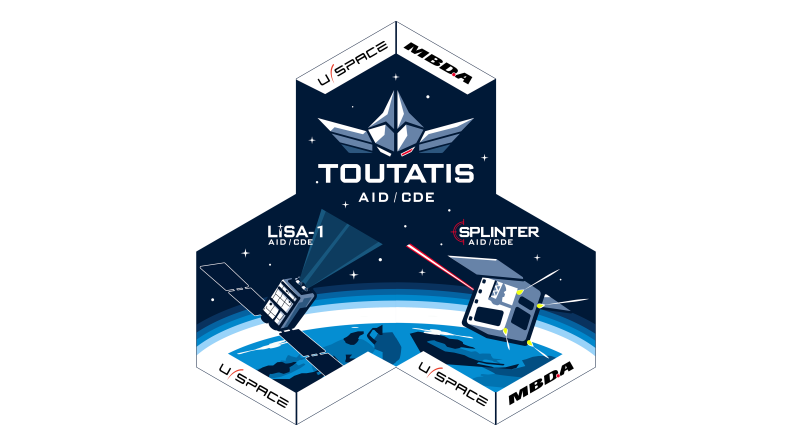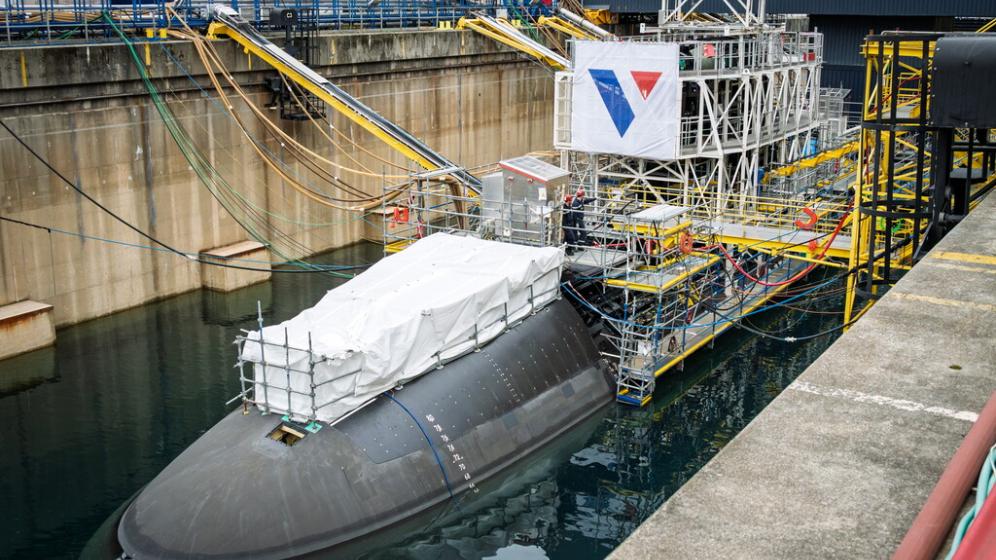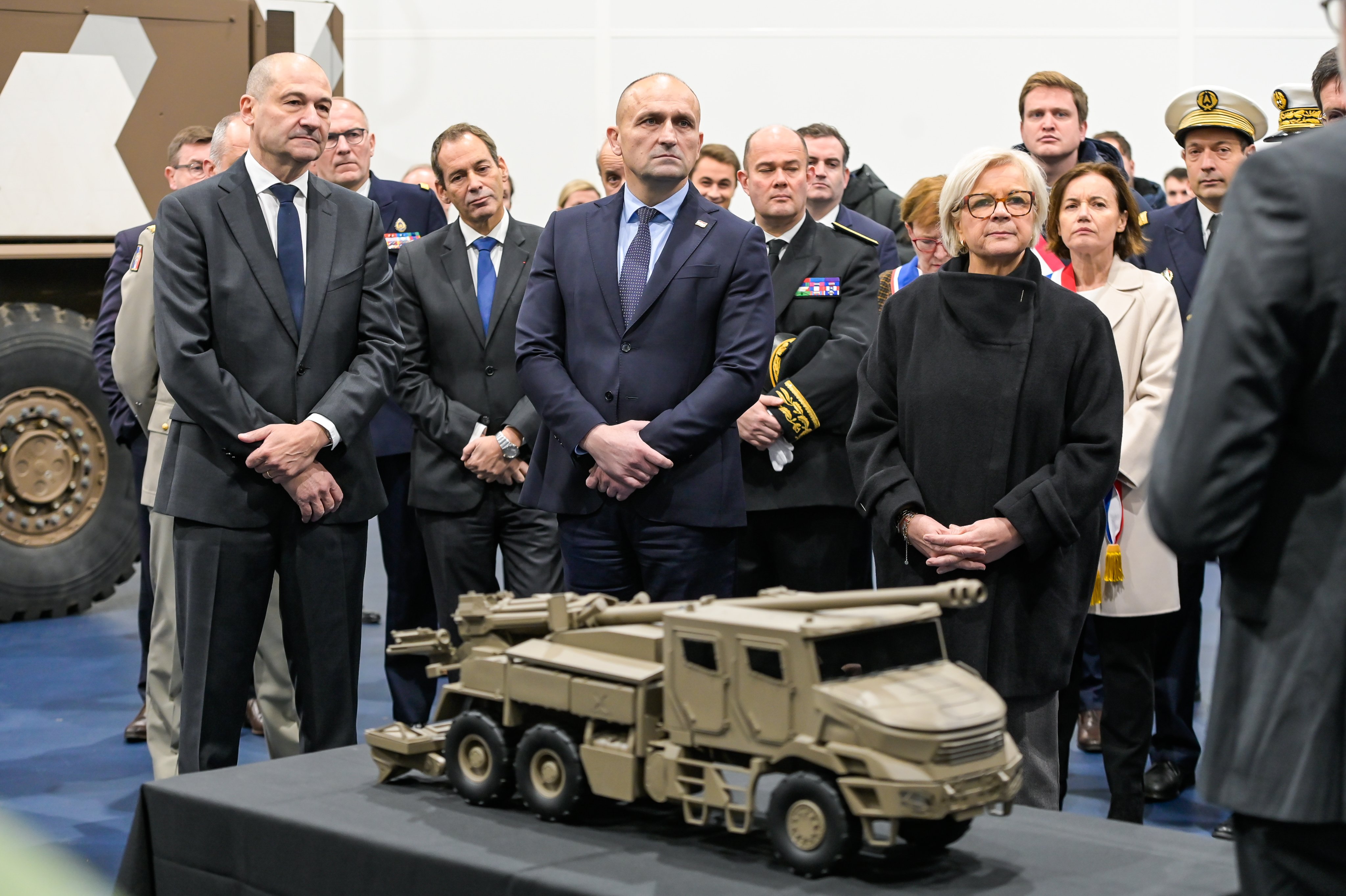Through its ability to supervise and drive air operations (using C2 Air), the French Air Force represents for France a real instrument of power, and provides the country with a key capability in the execution of its international responsibilities.
Air Force Command and Control, the Strategic Heart of Defence and National Security
A robust and credible C2 developed from long experience of the air security mission
The lessons of the Second World War have consecrated the importance of achieving air superiority at the outset of any military operation, which means that to protect French territory we had to create a credible and effective air defence capability. The Air Force progressively acquired the tools (radars, communications and aircraft) and the knowhow (procedures and staff competence), which devolve from this need: evaluation of the general air situation, the ability to identify threats and guide interceptors to potential targets. The need for rapid reaction dictated unified command, and in 1961 the Air Force created a central structure dedicated to air defence. This command absorbed all the resources, from the detection network to the interceptor aircraft, and is able to give real-time situation reports to the Prime Minister, the political authority responsible for the nation’s air defence. This highly reactive chain links the highest levels of the State with the pilot in his aircraft, and ensures at all time and in all places sovereignty over the nation’s air space. Today, the French air security network is capable of the surveillance of some 11,000 air movements daily, and can put in train either an interception mission to take active air security measures, or an aid mission to an aircraft in difficulty. The events of 9/11 underlined the relevance of France’s air security apparatus, acknowledged as one of the best-adapted to counter terrorist threats. Stability, reactivity, rules of engagement and mission success all go to build a firm background in the development of the airman, acquired through his experience of the air security mission.
Similarly, the Air Force rapidly integrated the new dimension of space activity in the daily life of the nation and its security. It has extended its surveillance and situation analysis capabilities to this new area and has created a system of alert warning, based on recognised threats (such as space debris falling to earth or observation satellite tracking)
Recent conflicts have led to the build-up of expertise in the conduct of large-scale air operations in overseas theatres
The geopolitical upheavals of the nineteen-nineties have led France to intervene more and more frequently beyond its borders in a joint-service and inter-allied framework. Air missions now mobilise fleets of aircraft that are complex in number, diversity and the multiplicity of effects to be achieved against an adversary perceived as a global entity and with vulnerabilities.
The French Air Force is adapting to change. With its experience of command acquired from the air defence role and with a staff trained in similar processes, it bracketed onto its existing structure in metropolitan France the skills and tools dedicated to overseas air operations. The Air defence and air operations command centre (Commandement de la défense aérienne et des opérations aériennes – CDAOA) came into being: apart from its air defence mission, the command maintains and develops Air Force expertise in the command of air operations; it trains its staff, (1) provides fixed and mobile reception structures with adapted procedures offering all the flexibility needed for operations in hand.
This parallels NATO conceptual and doctrinal development. The implementation of a reaction force decided at the Prague Summit in 2002 constitutes a powerful tool for the development of interoperability between member states. The credibility of the Air Force, recognised by the allies, and supported by the technical expertise that French industry has developed in matters of command and communications networks has given it the right to claim command of the NATO Reaction Force (NRF). It is today an essential contribution to the Alliance’s operational capability.
Lyon, a strategic heartland for supervision of air missions in France and overseas
The ability to command and control air operations is the essential condition for operational effectiveness of an air force, and confers on the country that possesses it a real capacity for influence and a training capability that benefits any coalition set up to deal with crisis or emergency situations.
The development of information technology today opens even wider perspectives. In the medium term we can see new balances emerging in operational command, conjugating more closely the synergies between the resources deployed, ever lighter, and the permanent Command and Control Centre in Lyon. This centre is progressively developing its capabilities to supervise, direct and coordinate on a permanent and reactive basis the whole panoply of air missions that France may have to undertake above or beyond its national territory. Mastery of a projectable C2 capability allows France to assume its role in a coalition as a cadre nation.
Expanded cooperation for the benefit of national security
The capability to evaluate the air situation has also led to an opening between ministries. This has developed into cooperation between the Customs authorities, civil aviation, police and gendarmerie, and missions are regularly conducted in their support. (2)
These examples of fruitful cooperation open perspectives that have not yet been fully explored. What potential has a tool as effective as the Lyon Centre to offer national security in its widest sense, not merely limited to military threats? In the event of natural or industrial catastrophes, the Defence Minister could be able, at short notice, to put at the disposal and under the authority of a Préfet the Lyon C2 Centre and some of its human and materiel resources, so that the latter could exercise his responsibilities in evaluating the situation and coordinating national resources committed to rescue operations. As a way of optimising State resources on a routine basis, training missions for Air Force drones, with their surveillance capabilities, endurance and discretion could be enhanced by the choice of zones of specific interest to a Ministry, controlled from the C2 centre in Lyon, where air missions are programmed.
The optimisation of its human and materiel resources is leading the Air Force to concentrate its decision-making structure while maintaining the decentralisation of its operational capabilities: a strong C2 in Lyon based on a network of air bases in France, the Overseas Territories or in foreign countries, as departure points for any air mission. This new C2 Air structure is a strategic heartland where greater cooperation between the Ministries involved in national security matters can be encouraged. Opening towards Europe is also foreseeable, and would add another advantage. It could contribute to the development of European planning and civil-military operational conduct in response to crises and emergency situations. ♦
(1) The Air Operations Preparation Analysis and Simulation Centre (CASPOA), created in 1997, has become a NATO ‘centre of excellence’, and apart from training French staff, trains a number of foreign personnel in air operational command and control.
(2) These include air photo reconnaissance missions in advance of police intervention; surveillance of the airspace around sensitive installations, (nuclear power stations, petrochemical sites and prisons, for example); surveillance of demonstrations surrounding high-visibility events (Heads of State Summits or the Olympic Games); monitoring flight plans by aircraft suspected of illegal activity.







